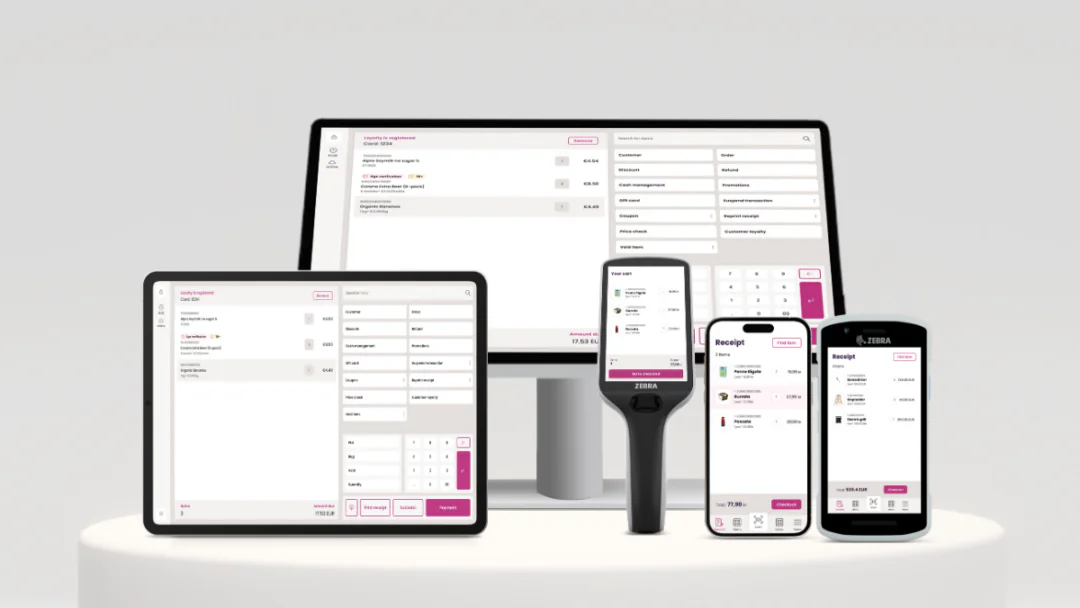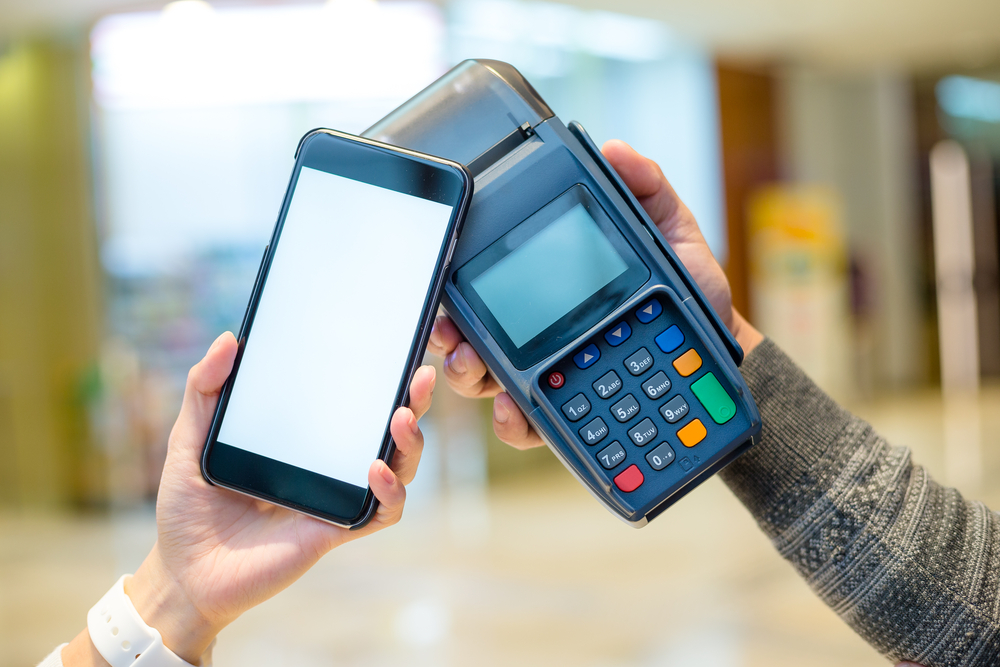How Voice-Activated POS Systems Are Reshaping Transactions

In the ever-evolving landscape of retail and business technology, Point-of-Sale (POS) systems have consistently stayed at the forefront of innovation. Among the most exciting developments in recent years is the emergence of voice-activated POS systems. By integrating voice recognition technology, these systems are reshaping transactions, enhancing efficiency, and revolutionizing the way businesses operate. This blog explores how voice-activated POS systems are transforming the retail and service industries, their key benefits, and the challenges that come with their adoption.
The Rise of Voice-Activated POS Systems
Voice-activated POS systems leverage advanced speech recognition technology to enable hands-free operation. This feature allows employees to interact with the POS system using voice commands rather than relying solely on manual inputs like touchscreen navigation or physical keyboards. The integration of voice technology aligns with the broader trend of adopting artificial intelligence (AI) in business operations, aimed at improving efficiency and user experience.
Key Benefits of Voice-Activated POS Systems
1. Enhanced Efficiency and Speed
One of the primary advantages of voice-activated POS systems is their ability to streamline operations. Employees can process orders, check inventory, and manage customer queries faster without pausing to navigate a touchscreen or type information. For example, a barista in a bustling coffee shop can simply say, “Add one large cappuccino to order,” rather than manually inputting the details, significantly reducing service times.
2. Hands-Free Convenience
Voice-activated systems are particularly useful in environments where employees need to multitask. In restaurants, retail stores, or warehouses, staff often juggle multiple tasks simultaneously. A voice-activated POS allows them to interact with the system while keeping their hands free for other activities, such as preparing food or stocking shelves.
3. Reduced Errors
By eliminating the need for manual input, voice-activated POS systems can reduce human errors in transactions. Miskeyed entries or incorrect item selections are minimized when employees use clear and direct voice commands, ensuring more accurate orders and billing.
4. Improved Accessibility
Voice-activated POS systems also promote inclusivity by making technology accessible to individuals with physical disabilities. Employees who may find it challenging to operate traditional touchscreens or keyboards can easily interact with the system using their voice, fostering a more inclusive workplace environment.
5. Seamless Integration with AI and Analytics
Voice-activated POS systems often integrate seamlessly with AI-driven analytics tools. This integration enables businesses to collect and analyze customer data, monitor sales trends, and optimize inventory management, all through intuitive voice commands.
Real-World Applications
Voice-activated POS systems are finding applications across various industries:
- Hospitality: In restaurants and cafes, servers can use voice commands to place orders, check table statuses, and manage reservations without leaving the floor.
- Retail: Store associates can quickly check product availability, locate items, and process transactions hands-free, enhancing customer service.
- Healthcare: Clinics and pharmacies can use voice-activated systems to manage appointments, track inventory, and process payments efficiently.
- Warehousing: Warehouse staff can update inventory, track shipments, and generate reports without stopping their physical tasks.
Challenges and Considerations
While voice-activated POS systems offer numerous advantages, they also come with challenges:
1. Accuracy and Recognition Issues
Voice recognition technology, though advanced, may struggle with accents, dialects, or noisy environments. Ensuring high accuracy requires continual refinement and testing.
2. Privacy and Security Concerns
As with any technology that processes sensitive data, voice-activated systems must adhere to strict security standards. Businesses must ensure that voice commands are encrypted and that unauthorized access is prevented.
3. Adoption and Training
Implementing voice-activated POS systems requires training employees to use the technology effectively. Resistance to change and a learning curve may initially slow adoption.
4. Cost of Implementation
Upgrading to voice-activated POS systems may involve significant upfront investment in hardware, software, and integration. Small businesses may find this cost prohibitive.
The Future of Voice-Activated POS Systems
Despite these challenges, the future of voice-activated POS systems looks promising. Advances in natural language processing (NLP) and AI are expected to make these systems more intuitive, reliable, and adaptable to various business needs. As voice technology continues to improve, its adoption is likely to expand beyond retail and hospitality to industries such as logistics, healthcare, and education.
Moreover, the growing demand for contactless and hands-free solutions in the wake of the COVID-19 pandemic has accelerated interest in voice-activated systems. Businesses looking to stay competitive in the digital age will increasingly turn to these technologies to enhance efficiency and provide a superior customer experience.
Conclusion
Voice-activated POS systems are more than just a technological novelty; they represent a significant shift in how transactions are managed. By improving efficiency, reducing errors, and enabling hands-free operations, these systems are setting new standards in business operations. While challenges remain, ongoing advancements in AI and voice recognition technology will undoubtedly drive the adoption of voice-activated POS systems, reshaping the future of transactions across industries.






